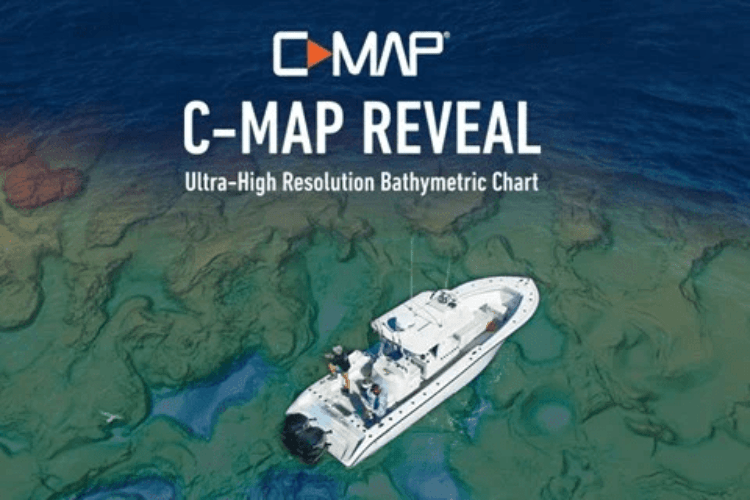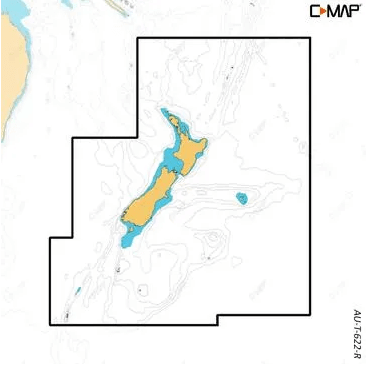Marine Navigation Boat Electronics for Small Vessels
19 products
Showing 1 - 19 of 19 products
Complete Guide to Marine Navigation Boat Electronics for Small Vessels
Modern boating has undergone significant changes with the rise of Marine Navigation Boat Electronics. Once considered luxury items, electronics are now an essential part of boating safety, navigation, and convenience. For small boats in particular, these devices enhance confidence on the water, reduce risks, and provide tools once reserved for larger commercial vessels.
The Basics: Radio First
Every boater should start with a marine VHF radio. A VHF radio is more than a communication device—it is a lifeline. With it, you can issue distress calls, contact the Coast Guard, get weather updates, and communicate with nearby vessels. A fixed-mount VHF costs between $100 and $200, while handheld models start around $100. Even on small boats, a handheld VHF can serve as the primary unit, with a fixed mount being the ideal upgrade. Reliable communication remains the foundation of safe boating.
GPS and Chartplotters
The next step in outfitting your boat is a GPS. Global Positioning System units pinpoint your exact location, let you set waypoints, and chart your course. Options include portable handheld GPS devices and fixed-mount chartplotters, often with larger, full-color displays. These units are water-resistant, easy to operate, and accurate. However, as dependable as they are, GPS units require electricity or batteries—so it’s wise to keep paper charts and a compass on board as backup.
Sonar, Fishfinders, and Depth Sounders
Knowing the depth beneath your boat is critical. Basic numeric depth sounders cost under $100, while more advanced fishfinders display bottom contours, water temperature, and even fish locations. These systems include a transducer and display unit, with screen sizes ranging from 3 to 10 inches. A top-quality recreational fishfinder can cost up to $1,500, making it a versatile tool for both anglers and general navigation.
Marine Radar
For night boating or foggy conditions, radar is indispensable. It detects nearby vessels, obstacles, and shoreline, displaying them on a screen to aid navigation. Radar also shows vessel speed and direction, helping avoid collisions. Though radar systems are expensive—often several thousand dollars—they greatly improve safety for offshore and nighttime boating.
Automatic Identification System (AIS)
AIS is a relatively new but powerful tool in the world of Marine Navigation Boat Electronics. It works similarly to radar, displaying nearby vessels as icons on your screen. AIS provides details such as vessel name, course, and speed. Basic receive-only units show surrounding boats, while two-way systems broadcast your own position as well. For small boaters, AIS adds an extra layer of protection in busy waterways.
Small Boat Autopilots
Autopilots reduce the strain of steering during long trips. Even entry-level models can hold a heading or follow a GPS route automatically. By maintaining a straight course, autopilots enhance fuel efficiency and enable captains to focus on monitoring conditions rather than constantly steering manually.
Integration and Networking
Today’s electronics often share information through data networks, such as NMEA 0183 or the more advanced NMEA 2000 standard. This integration enables your GPS, sonar, radar, and autopilot to work together seamlessly, displaying critical data across multiple screens and ensuring smooth navigation. Combination units that integrate GPS, sonar, and radar into a single display are especially popular on small boats, saving space while offering multifunctional performance.
Final Thoughts
For small vessels, investing in Marine Navigation Boat Electronics is no longer optional—it’s a necessity. From basic communication with a VHF radio to advanced radar and AIS systems, these devices dramatically improve safety and efficiency on the water. Whether you’re fishing, cruising, or making offshore passages, having the right suite of electronics ensures you are prepared for any conditions.
By carefully selecting and integrating these tools, small boat owners can enjoy greater peace of mind and confidence, knowing they have reliable technology at their fingertips. With Marine Navigation Boat Electronics, even the smallest craft can be equipped with big-boat capability.
Marine Navigation Boat Electronics
Boat Electronics for Small Boats
Marine Electronics Navigation Systems
Small Boat Navigation Equipment
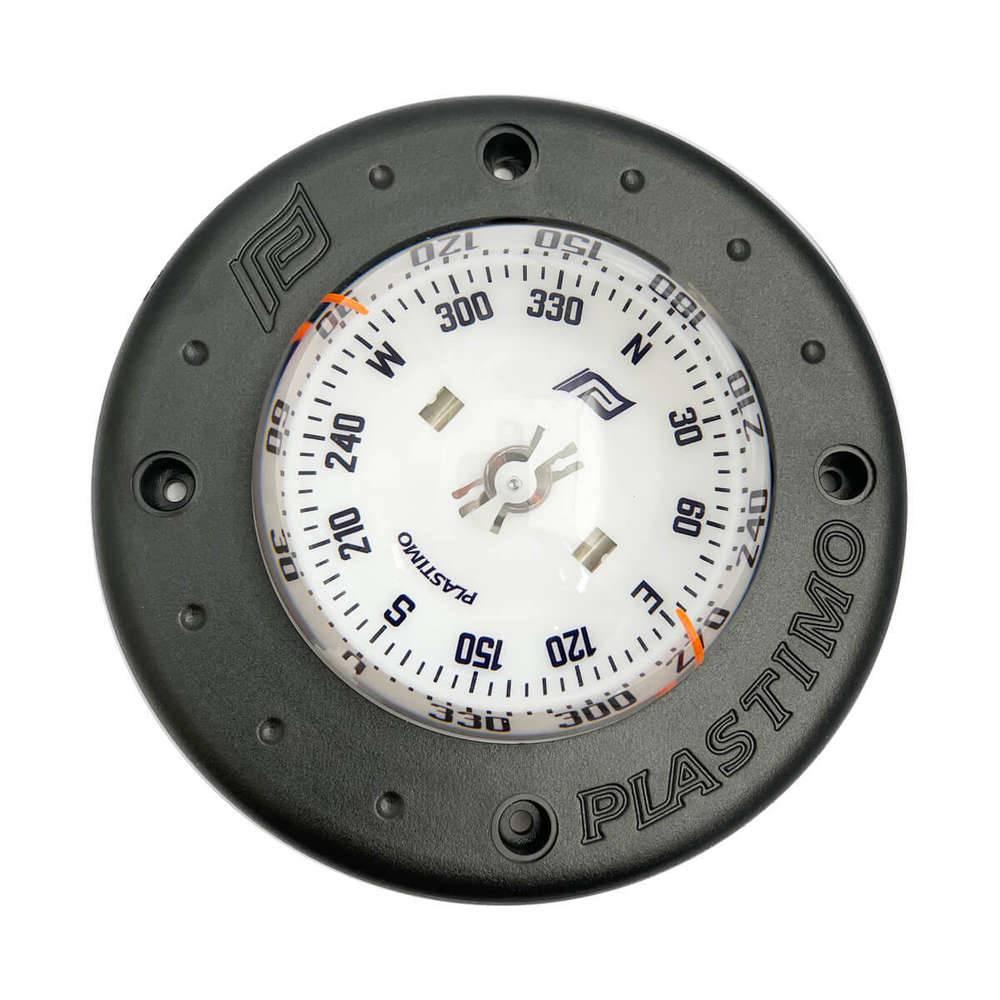
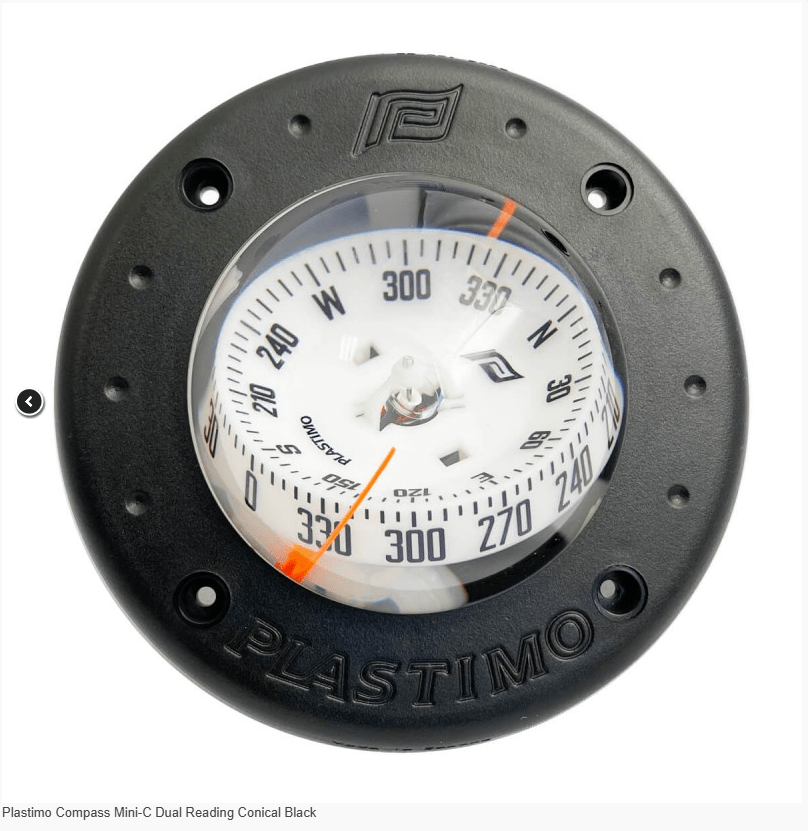
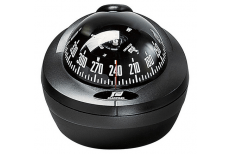


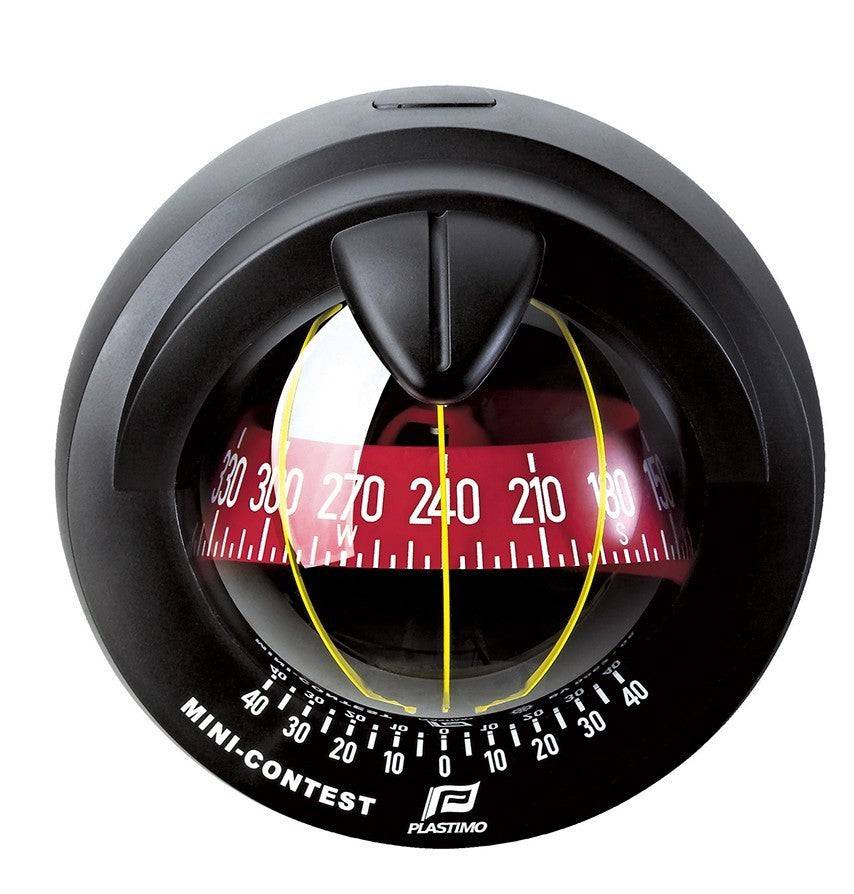
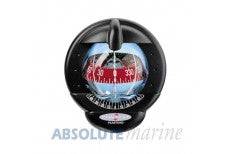

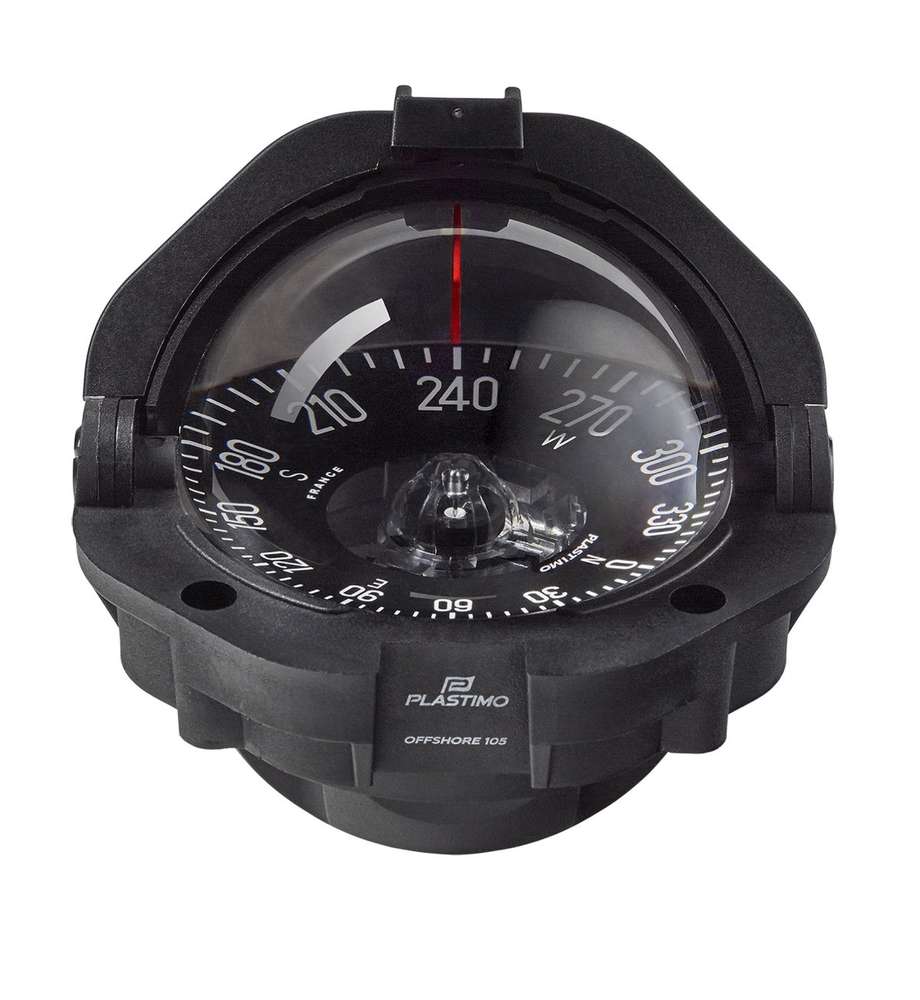




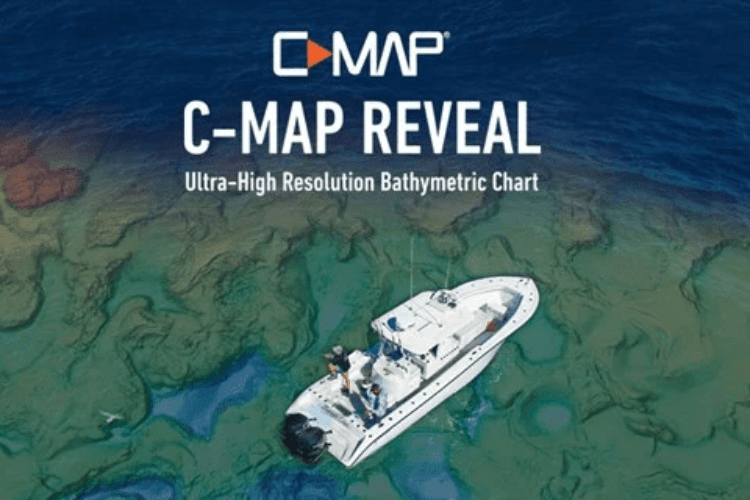

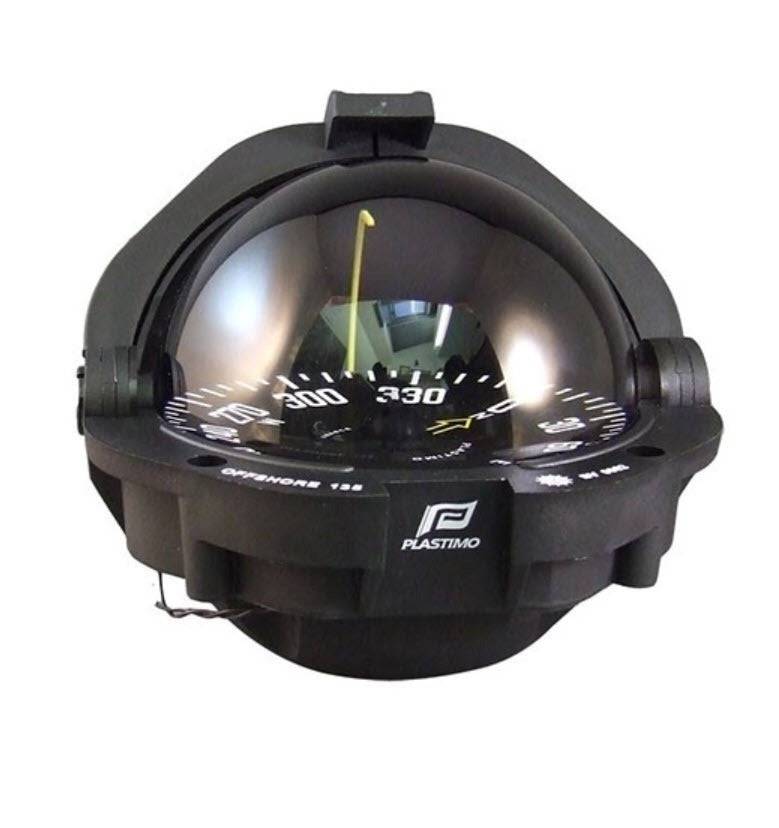
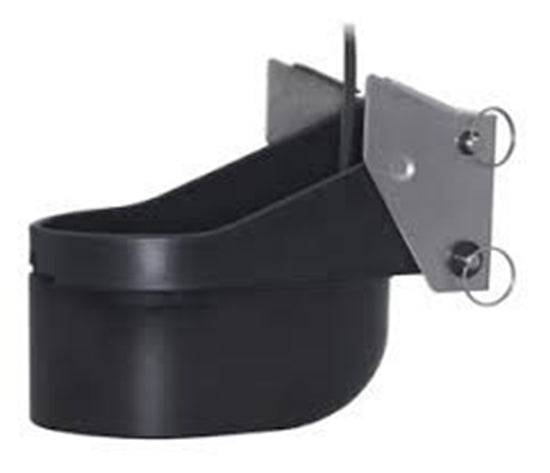
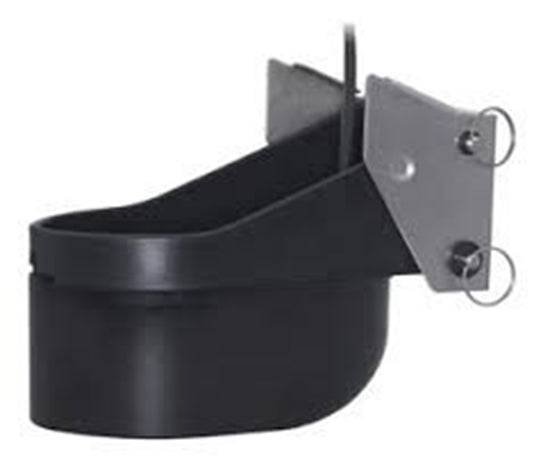
Recently viewed
Blog posts
View all
Floating Fishing Gear Guide: Expert Tips for 2026 Success
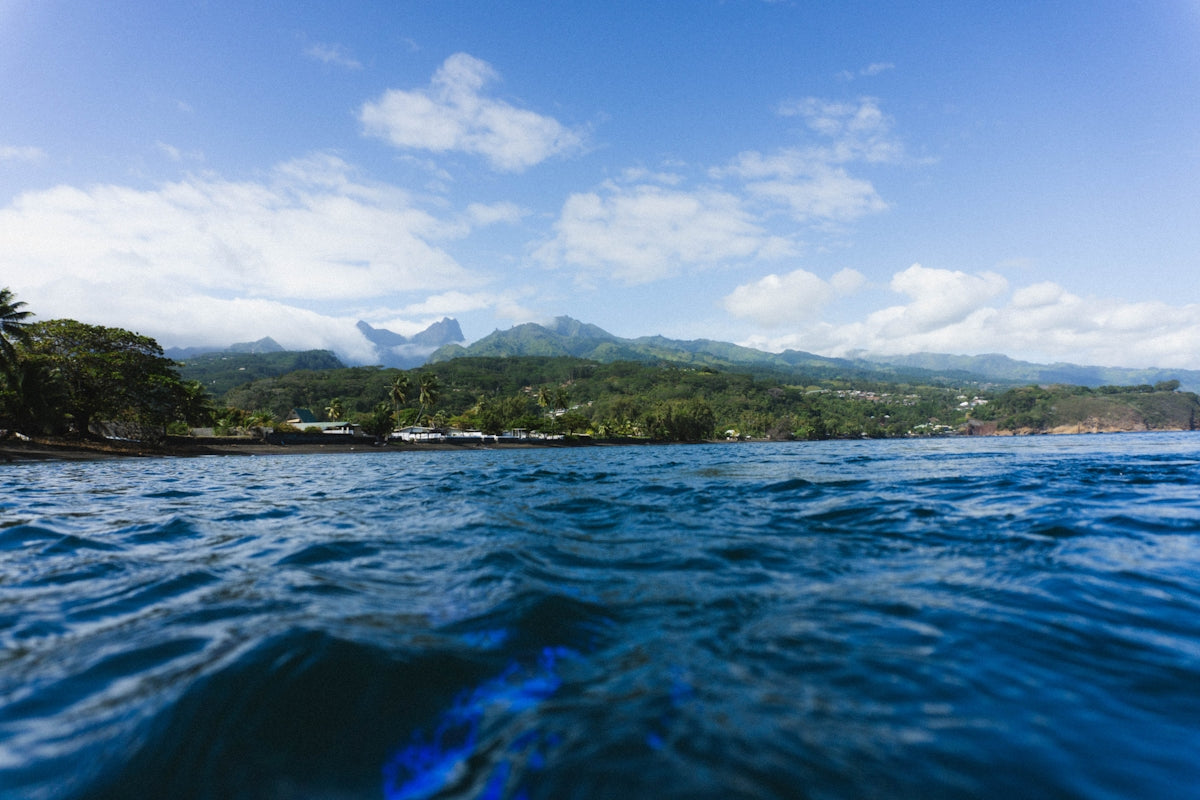
Mastering Your Aquatic Adventures with Strong Pacific Island Nets of Premium Nylon Quality


